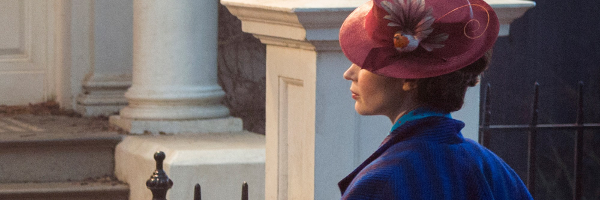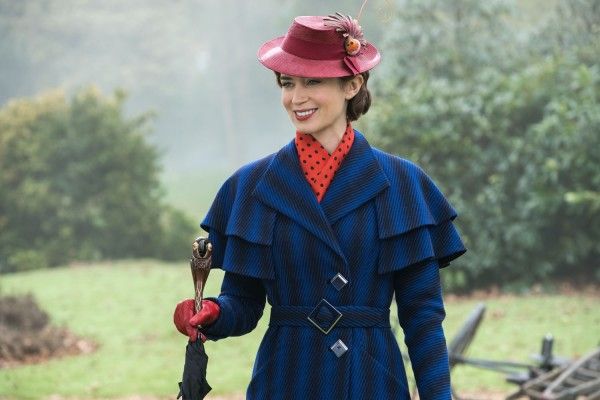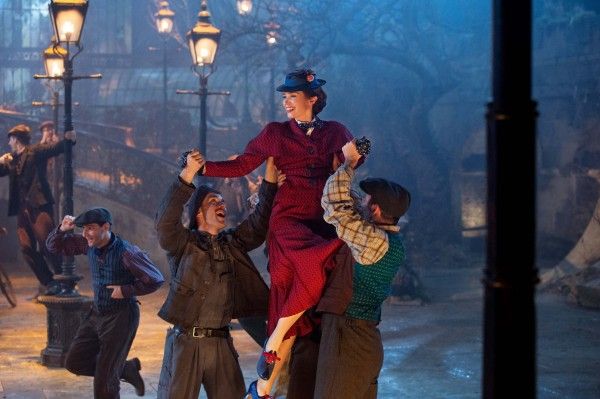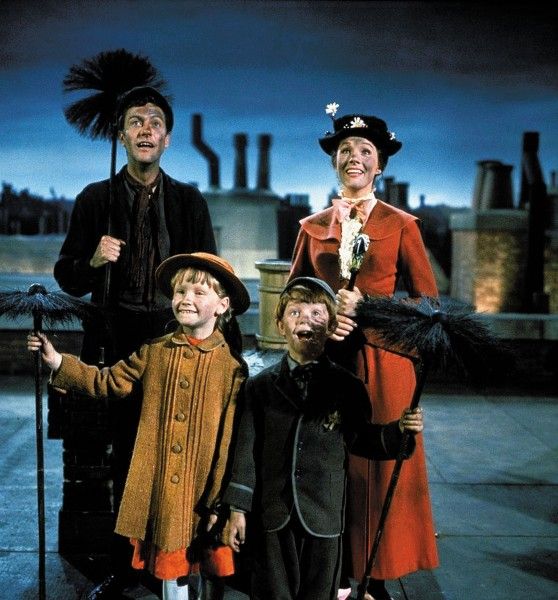Spoilers ahead for Mary Poppins Returns.
Mary Poppins Returns is largely just Mary Poppins with a new coat of paint. Instead of Bert the Chimneysweep, you have Jack the Lamplighter. Instead of Uncle Albert on the ceiling, you have Cousin Topsy whose home is upside down. Instead of George Banks in trouble at the bank, you have Michael Banks in trouble with the bank. Instead of “A Spoonful of Sugar” to introduce fun and magic to the children, you have “Can You Imagine That?” And for the most part, that’s fine. It’s clear that the filmmakers didn’t want to veer too far away from the source material, and in a way, that makes Mary Poppins Returns a bold film for 2018 since going by the rules of 1964 make the sequel a bit of an oddity.
But where Returns really departs from the original is at its climax, and it ruins an important message the first Mary Poppins intends to impart. In the 1964 movie, Mary sings the song “Feed the Birds”. It’s a song about the importance of charity, and it’s kind of heartbreaking:
The film then follows this up with “Fidelity Fiduciary Bank”, which juxtaposes the importance of charity with a bunch of greedy old men who are so desperate for investments they would take tuppence away from a little kid:
Mary Poppins uses this kind of juxtaposition earlier in the film with “Sister Suffragette” and then following it with the silly complacency of George Banks when he sings “The Life I Lead”. But it really hits home between “Feed the Birds” and “Fidelity Fiduciary Bank” where the value of one message is heightened by sitting it next to its opposite.
Mary Poppins Returns misses the point completely in its steadfast desire to be as nostalgic and inoffensive as possible. Setting aside that none of the songs are about anything real or important and are just pat little lessons (“Look at things from a different point of view! People are not always who they appear to be!”), where the film really goes awry is at the climax of the film.
At the climax, Mr. Dawes Jr. reveals that the tuppence Michael wanted to give to the poor bird lady but ultimately gave to his father was invested by George Banks at Fidelity Fiduciary. This means that although Michael finds his shares in the banks, he can keep them because his original investment has grown and prospered allowing him to use that money so the Banks can keep their home on Cherry Tree Lane. Mary Poppins Returns gets a callback to the first movie, the Banks family doesn’t have to lose their house, and everyone is happy.
The problem with this decision is that it means that Michael was right not to give his money to the bird lady. Had Michael been charitable, he wouldn’t have had an investment, and that investment wouldn’t be there to save his home. Three cheers for capitalism! Charity is for suckers!
Mary Poppins makes it very clear where its allegiances lie. You can’t watch “Feed the Birds” and not be moved by its sweet melody and touching lyrics. You can’t watch “Fidelity Fiduciary Bank” and not think that these old guys are a bunch of greedy crooks. And yet Mary Poppins Returns, for all its desire to copy the original, seems to be oblivious to the subtext of these complimentary songs.




